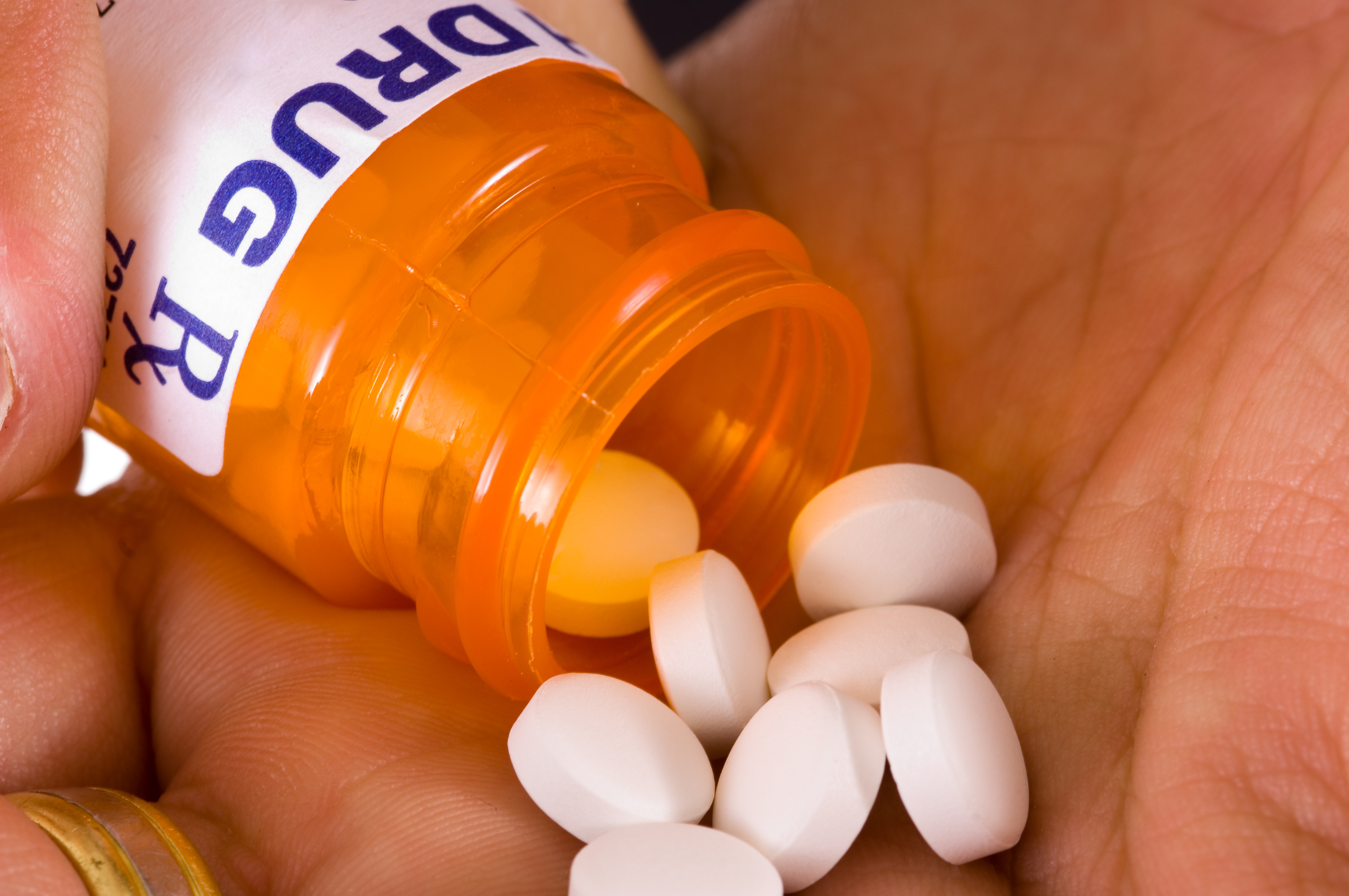
Valium or diazepam has been used since the 1960s and was once the most popular medication used to treat anxiety. Its use has declined due to the recognition of the potential for abuse, but it is still widely prescribed to treat anxiety and other medical conditions. The rate of Valium abuse has been on the increase over the last several decades, but withdrawal can be difficult or even life-threatening. Valium withdrawal should be managed by healthcare professionals due to its danger.
About Valium
Valium is a member of the benzodiazepine class of sedative drugs. It works by increasing the activity of a brain chemical known as GABA which exerts a calming effect on the brain. This helps to treat anxiety and stop seizure activity, which also makes it useful for acute alcohol withdrawal.
Though it was originally issued as a normal prescription medication, it was subsequently classified as a controlled substance, Schedule IV medication by the Drug Enforcement Agency (DEA) indicating that it had a high potential for abuse and addiction.
During the 1960s and 70s, Valium was so widely used for anxiety that by 1978, it had reached over $1 billion in sales. It was the subject of a 1966 Rolling Stones Song “Mother’s Little Helper” due to its popularity and by 1975, a story warning women of the high potential for addiction was published in Vogue magazine.
In 1977, Valium’s abuse and addiction potential became even more recognized when Elvis Presley’s autopsy report showed high levels of Valium and in 1978, Betty Ford publically acknowledged her addiction to alcohol and Valium. From 1975 to 1980, prescription sales of Valium decreased by about 50 percent.
Valium Side Effects
All drugs cause side effects, and Valium is no different. When Valium is taken as prescribed, most side effects are mild and include:
- Drowsiness
- Dizziness
- Dry Mouth
- Nausea
When taken in larger doses, side effects may be more severe such as:
- Muscle weakness
- Loss of balance
- Slurred speech
- Blurred or double vision
- Memory loss
- Changes in mood
- Erratic behavior
- Unconsciousness
- Respiratory arrest
- Death
Valium is intended to be taken for short periods of time. When taken for longer, it may cause dependence. This is particularly true if it is taken in larger than intended doses and not as prescribed. If Valium is abused and taken at high doses for long periods of time, it can cause difficulties with normal functioning. This may result in personal issues such as employment loss and relationship difficulties.
As Valium causes changes in how the brain functions, sudden discontinuation can cause withdrawal symptoms, some of which may be severe and even life-threatening.
Valium Controlled Substance Classification
Valium was originally issued as a prescription drug but was later changed to be listed as a controlled substance by the DEA. Like all of the benzodiazepines, it is classified as a Schedule IV (C-IV) controlled substance which indicates that it has a potential for abuse and can lead to addiction.
Valium Abuse and Addiction
Valium addiction is not a choice but is considered to be a disease. Valium causes changes in the way that the brain functions and sudden discontinuation can have serious consequences.
Some people who take Valium, do so for non-medical reasons. Some of its relaxant properties may be considered euphoric by some people, and it is also often used in combination with other substances such as alcohol.
Valium’s severe effects can include suppression of the breathing reflex and can result in death due to respiratory arrest. Between 2005 and 2011, over 940,000 emergency room visits occurred due to benzodiazepine abuse and overdose, including Valium events.
The rate of teens and college students who abuse Valium and other benzodiazepines has risen dramatically to alarming proportions. Young adults and adolescents are the largest group of abusers with most abuse cases occurring in those aged 12 to 34 and the number of teens abusing depressants increased more than four-fold from 1993 to 2005
Unlike some other drugs of abuse, Valium withdrawal symptoms are serious and may require medical attention. People who take Valium should not attempt to withdraw from the drug on their own but should seek medical assistance.
Valium Withdrawal
When Valium has been taken in higher than normal doses for a long period, sudden discontinuation can result in withdrawal symptoms.
Some of these symptoms are not serious but others may be dangerous or life threatening. In certain, severe cases, the withdrawal will require medical management with other medications to avert life-threatening consequences.
Symptoms of Valium withdrawal can include:
- Severe anxiety
- Insomnia
- Vomiting
- Sweating
- Restlessness
- Migraine or other severe headache
- Auditory, Visual or Olfactory disturbance
- Increased brain temperature
- Seizures
- Convulsions
- Death
Valium Addiction Treatment
People who abuse benzodiazepines like Valium often abuse other substance as well. Many also suffer from mental health issues.
When Valium has been taken for long periods of time, particularly when taken in high doses, the drug must be discontinued slowly with doses decreased over a period of days, weeks or even months. Sudden discontinuation without tapering can lead to serious effects in the brain including high internal temperature, seizures, and death.
Many people are discontinuing Valium also experience severe cravings for the medication. These cravings are best treated with psychological methods such as group therapy, counseling, and participation in support groups.
Recovery from addiction is not easy or quick, and treatment plans supervised by trained medical professionals will be based on the needs of the individual patient.
Notwithstanding claims relating to this product, the drug/medical device remains approved by the U.S. FDA.
Sources
- Center for Substance Abuse Research, (29 October 2013), Benzodiazepines, University of Maryland, Accessed on 09 March 2016 https://www.cesar.umd.edu/cesar/drugs/benzos.asp Cooper, A, (15 November 2013), An anxious history of Valium, The Wall Street Journal, Accessed on 09 March 2016 https://www.wsj.com/articles/SB10001424052702303289904579195872550052950 Drug Enforcement Administration, (2012), Prescription for disaster: How teens abuse medicine, U.S. Drug Enforcement Administration, Accessed on 09 March 2016 https://www.dea.gov/pr/multimedia-library/publications/prescription_for_disaster_english.pdf Food and Drug Administration, (2008), Valium, U.S. Food and Drug Administration, Accessed on 09 March 2016 https://www.accessdata.fda.gov/drugsatfda_docs/label/2008/013263s083lbl.pdf MacLaren, E., (2016), Valium History and Statistics, DrugAbuse.com, Accessed on 09 March 2016 https://drugabuse.com/library/valium-history-and-statistics/ NIDA, (19 April 2012), Well-known mechanism underlies benzodiazepines addictive properties, National Institutes of Health, Accessed on 09 March 2016 https://www.drugabuse.gov/news-events/nida-notes/2012/04/well-known-mechanism-underlies-benzodiazepines-addictive-properties NIDA for Teens, (2015), Prescription drugs, National Institutes of Health, Accessed on 08 March 2016 https://teens.drugabuse.gov/drug-facts/prescription-drugs NIDA for Teens, (2015), Brain and addiction, National Institute for Drug Abuse, Accessed on 08 March 2016 https://teens.drugabuse.gov/drug-facts/brain-and-addiction SAMHSA, (2014, December 18), Benzodiazepines in combination with opioid pain relievers or alcohol: Greater risk of more serious ED visit outcomes. The DAWN Report, Substance Abuse and Mental Health Services Administration, Accessed on 09 March 2016 https://www.samhsa.gov/data/sites/default/files/DAWN-SR192-BenzoCombos-2014/DAWN-SR192-BenzoCombos-2014.htm Warner, J., (05 October 2012), Valium invalidation: What if mother (and father) really did need a little help? Time, Accessed on 09 March 2016 https://ideas.time.com/2012/10/05/valium-invalidation-what-if-mother-and-father-really-did-need-a-little-help/

